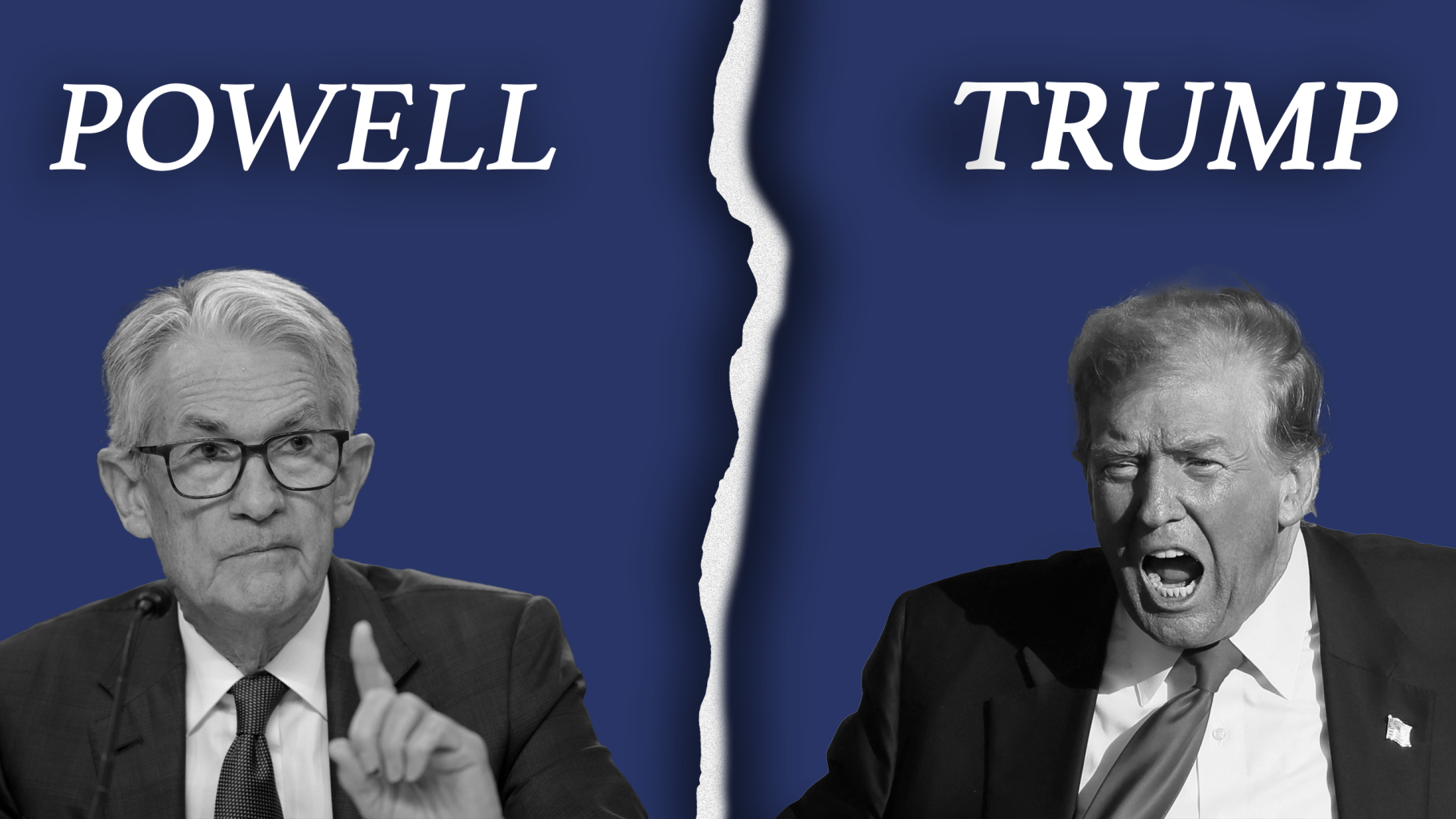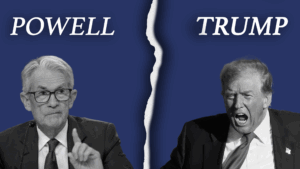Since his return to office, Trump has had one important goal on his mind: lowering the value of the U.S. dollar to stimulate economic growth and support American exporters.
This campaign lead him to go head to head with the Federal Reserve, led by Chair Jerome Powell, whose insistence to maintain inflation and financial stability has made him resistant to Trump’s calls for immediate rate cuts.
Why Trump Wants A Weaker Dollar?
Donald Trump’s motivation to bring down the U.S. dollar stems mainly from economic and geopolitical considerations.
A lower dollar makes American exports cheaper and more competitive internationally, which benefits U.S. manufacturers and farmers, and expands foreign demand for their goods.
This aligns with Trump’s broader economic agenda of protecting domestic industries and reducing trade deficits, partly through tariffs and other trade policies.
Simply put: He wants it to be more cost effective for U.S. based manufacturers, as well as international manufacturers, to come and produce in U.S.A.
So Why Is The Federal Reserve Resisting?
Despite the White House’s insistence for rate cuts, the Federal Reserve remains cautious and has left interest rates unchanged at a range of 4.25-4.50% since late 2024. Here’s why:
1) Inflation Control:
The Fed’s primary mandate is to achieve maximum employment while keeping inflation stable, targeting about 2 percent annually.
Inflation remains at around 2.7 percent as of mid-2025. Even this a actually a decrease from its peak high, it remains above target. The Fed fears that premature cuts could rekindle inflationary pressures, weakening people’s purchasing power, and destabilizing the economy.
2) Economic Uncertainty and Slowdown:
Recent data indicate economic activity is slowing down from the rapid growth of prior years, but the labor market remains robust.
The Fed judges that current monetary policy settings are appropriate to balance growth and inflation risks without overheating the economy.
3) Global and Financial Stability:
Quick and massive monetary policy shifts could unsettle global markets and lead to volatility in currency, bond, and equity markets. Not just in the U.S. but all over the world.
The Fed wants to ease in on the cuts, with steady adjustments, based on the economical data, and avoid a sudden monetary shock, rather than take action based on political pressure.
4) Independence from Political Pressure:
The Fed is designed as an independent institution to guard against short-term political influence and to maintain long-term economic stability. Despite political pressure, Chair Jerome Powell and the Board have emphasized their commitment to that independence.
What Could Happen If Interest Rates Dropped?
If interest rates drop abruptly, and prematurely, it could trigger a world of chaos, not only in the U.S., but affecting the global economy.
1) Dollar Weakening:
Lower interest rates typically diminish returns on dollar-denominated assets, making the currency less attractive to foreign investors. This could lead to a depreciation of the dollar, potentially fulfilling one of Trump’s key objectives by making U.S. exports cheaper and more competitive internationally.
2) Increased Inflation Risk:
With inflation still above target, aggressive rate cuts could rekindle inflationary pressures. Higher prices reduce consumer purchasing power and can destabilize the economy if inflation expectations become unanchored.
3) Asset Price Inflation and Financial Risks:
Lower rates could fuel increases in asset prices (stocks, real estate), potentially building bubbles or exacerbating inequality as asset owners benefit disproportionately.
4) Stimulated Economic Growth:
Reduced borrowing costs encourage consumer spending and business investment, which could boost economic growth in the short term. Lower rates ease debt-service burdens, supporting households and firms.
5) Policy Credibility and Long-term Stability:
Frequent or politically motivated rate cuts might undermine the Fed’s credibility, making it harder to manage future inflation or economic crises. Markets value predictable and transparent monetary policy. It would also affect global investors trust in the U.S. and willingness to invest in such uncertain environment.
6) Global Market Impact:
A weaker dollar could affect international trade balances, Foreign Exchange markets, and U.S. Treasury demand from global investors. It might lead to competitive currency devaluations and volatility in emerging markets reliant on dollar funding.
So, Who’s Right?
Both sides have valid points and reasons, yet both carry internal and external risks.
The real question is not “Who’s Right?” but rather “How equipped on each side for dealing with the repercussions of getting their way?”
My guess: Neither of them!
This is why we continue to see market uncertainties when it comes to Financial Institutions, Foreign Investments, and the General Public
The longer this fight goes on, the more trust both are gonna lose



